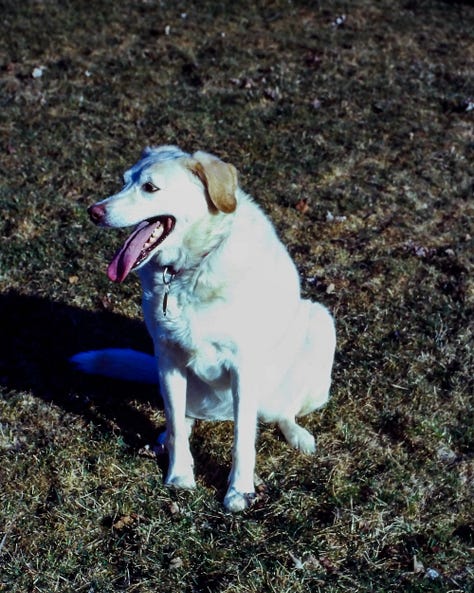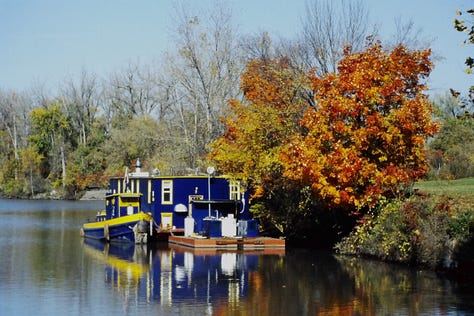Recovering from knee surgery and stuck in the house, it feels like many things are on hold while I focus on rehab. I recently pulled some of my old film cameras out of storage, so I’ve been binge-watching several YouTube channels from people shooting film to see what new film stocks are available and what they are doing with them. Many of these YouTubers have just found film, where I learned photography shooting film, before digital existed.
A Ticking Clock
One of these channels is from Teo Crawford. His videos are relaxing, showing travel videos mingled with the images he creates. In one video, he was creating images of a watch for the company that made it. In it, he pointed out that a camera and a watch are similar but opposite. A camera captures and records slices of time, while a watch marks the unstoppable advance of time. The unstoppable advance of time. The more years you have behind you, the louder those words resonate. It is indeed unstoppable. So, what does it mean to capture time? What is the value of a moment captured in a still frame?
Past and Present
Another project I have been undertaking in recent months is digitizing old slides. Some that I took back before digital, some that my father took over the years, and some that I found in a local antique shop. Going through my dad’s slides has been an interesting experience. Besides some boxes with old photos that came from my parents, the slides are essentially his image archive, similar to my Lightroom catalog. The images from his archive are all very intentional and taken with purpose. They are all very significant slices of time.



I compare that to today: While his slides were slices of time from rolls of 24 or 36 exposures, possibly taken over a month or more, I sometimes take hundreds of images daily with a digital camera or phone. Instead of thinking carefully about one image, I often take many shots until I get the composition I want.
The Value of Slowing Down
I heard this in an interview on the Photowalk podcast from
.“Weeks shoot by, but there’s an eternity in a minute” —
That line stuck with me as I have pondered the passage of time and the old images I have been looking at. I think there are more “eternities” early in life. Being just under that line that says you must be “this tall” to ride at an amusement park. Being almost old enough to get a driver’s license. Waiting to graduate from high school so you can start… what? College, a job, the rest of your life? These early milestones take forever to come. But as time progresses, we look for ways to slow the passage of time. We look for minutes that will take longer to pass.
I recently put a roll of film in one of my old cameras. And the differences between photography today and photography 30 years ago are apparent immediately. My process has changed gradually over time, without much thought. There is no screen on the camera, only a viewfinder. Snapping, viewing the results, and snapping again until you get what you want is impossible. You can even see how the exposure will look on a mirrorless camera. Too light, too dark? How’s the histogram look? Should I change the white balance? There’s no burst mode to ensure you get the exact moment a baseball and bat make contact. None of that. The speed and accuracy of a camera’s autofocus capabilities are no longer relevant. My older film camera is manual focus. No quick snaps, you need to take some time and focus. And most importantly, you won’t know if you got everything right until the role is developed, scanned, or printed.
Learning From Analog
I have learned a lot about photography from the immediate feedback of digital and the detailed information in the EXIF data stored with each image. But there is also something to be learned from returning to analog. Shooting film again, at least for me, takes more time getting one image right. 36 exposures on a roll means that I also spend much more time thinking about a subject before even putting the camera up to my eye. Shooting action requires pre-focusing on a spot where the shot will happen, and pressing the shutter release at the precise time the action is at its peak. The whole process of creating an image slows down dramatically. It sets a different pace.
Legacy and Memories
Looking through my dad’s archive of photos gives me a deep sense of nostalgia. He left behind a highly curated record of moments that were significant to him—memories he felt were worth capturing and sharing. I doubt he thought much about what those images would mean 50 years later, but in the moment, they mattered. And because they mattered to him, they now matter to me.
My Archive
So what am I leaving behind? And how might returning to film—at least occasionally—change the way I think about it?
I don’t expect to shoot less digitally. I’ll still take plenty of “sketch” shots to explore a scene and refine my composition. But I do think film will continue to influence me toward a more mindful approach—one where intention matters more than volume.
As for my digital library? It needs better curation. Right now, someone scrolling through it would find a lot of clutter. They wouldn’t see a carefully chosen collection of meaningful moments, the way my father’s archive shows his. That’s something I need to change.
Closing Thoughts - Why I Keep Shooting
“If you are not doing what you love, you are wasting your time” — Gabriella Lester
I enjoy everything about photography, from the process of exploring and looking for a composition to the collecting and cataloging of images—moments in time. These moments are not about nostalgia; they are about presence. And I hope that sometime in the future, they will provide a sense of nostalgia.
And what do I get out of shooting film again? The process of shooting analog does not really slow down the advance of time. But it does ask you to respect it.
✅ Where to Find Me
You can find more of my work on the web at: Simmons Photography
If you want to work with me, or inquire about licensing images: Contact Page
More of my work can be seen on Vero and Flickr.
🎒 The Gear Bag - Gear and Inspiration
Some links in this section are affiliate links. If you make a purchase through them, I may earn a small commission at no extra cost to you. I only share gear and resources I personally use or believe in.
As an Amazon Associate, I earn from qualifying purchases.
One of the most creatively inspiring books I’ve read in a while is Light, Space, and Time by David DuChemin. It’s not a typical photography book.
If you are looking for a film camera, check out KEH. If you are adventurous, you can find bargains on eBay. But KEH sells gear that has been checked over, and they will tell you exactly what shape it’s in. I’m not sponsored by KEH, and I do not have any affiliate agreement with them. But I have purchased from them in the past, and they have been great to deal with.
✒️ Loose Ends
If you’re visiting NY State Parks on a regular basis, I highly recommend the Empire Pass. The parks are a great destination for hiking trails and photo ops, so I normally visit often.
If you are planning on exploring the St Lawrence River region, Wellesley Island State Park should be on your short list of places to stay, or at least to visit. This is one of my favorite State Parks in the St Lawrence region.




You can also give black and white film a chance.
Cool thing is you can develop the film by yourself and then scan it.
You don't need a dark room for that. Everything you need will be like 100 USD invest. But it is so much worth it.